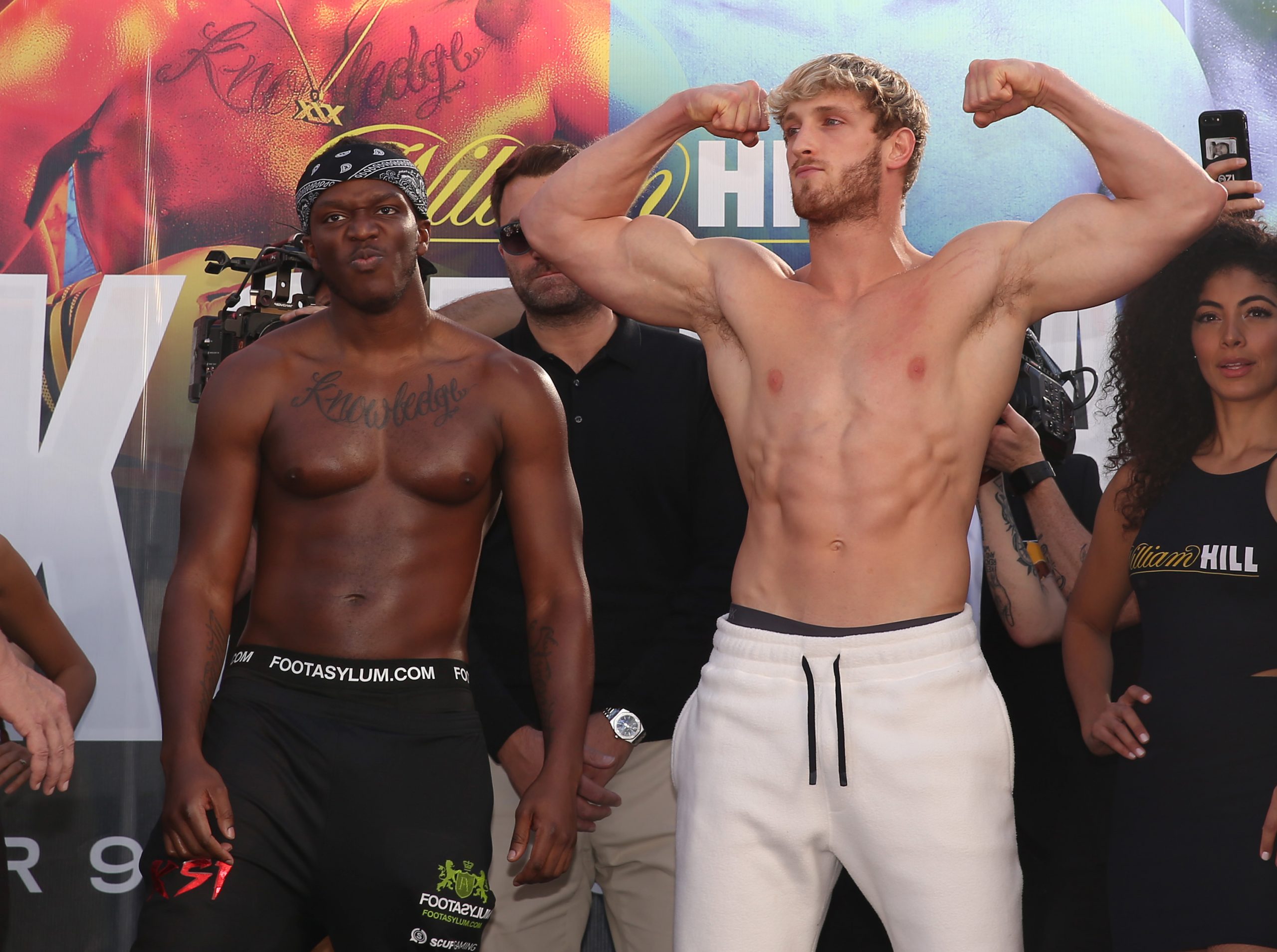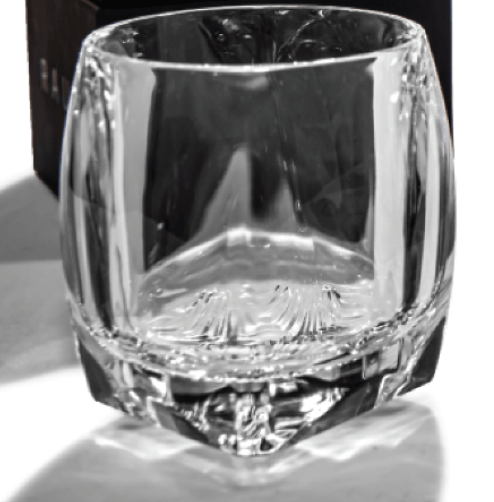In the Still of the Night
Moonshine has always played a role in American spirits-making, but the 21st century saw the advent of legal ’shine sold on store shelves. Luckbox put some to the test.
Centuries before Prohibition, American moonshiners were hard at work illegally concocting high-proof spirits and dodging federal whiskey taxes. Moonshine earned its name because, to avoid detection by law enforcement, it was often produced in the moonlit shroud of night.

The story of moonshining is closely tied to American history. Taxes on liquor were enacted during George Washington’s presidency to generate much-needed revenue after the Revolutionary War. The young country became one of the first in the world to enact such a tax, according to Belle Isle Moonshine, a Richmond, Virginia, distillery, and to say it was unpopular would be an understatement.
Pennsylvania farmers relied on homemade liquor to supplement their incomes and to make use of excess crops. In violent acts of protest, liquor tax collectors in the state were ambushed, stripped naked, tarred and feathered. The ordeal became known as the Whiskey Rebellion, and it’s often cited as the first major test of federal authority in the United States.
Refusal to pay the liquor taxes birthed American moonshining, a practice that hasn’t ceased since. Its popularity has ebbed and flowed, reaching peaks after the Civil War and during Prohibition, but moonshine entered a new era in the 21st century.
In 2005, the first legal moonshine—an oxymoron of sorts—was introduced to liquor store shelves with Piedmont Distillers’ Catdaddy Carolina Moonshine. As North Carolina’s first legal distillery since Prohibition, Piedmont made both state and moonshining history. Numerous brands would follow suit.
By definition, moonshine is technically illicitly distilled. The jars and bottles sold in stores are perfectly legal to buy, sell and drink from, but many are made by adhering to time-honored recipes and traditions of moonshiners past.
There aren’t strict rules or requirements to label a spirit a moonshine—they can be made from anything fermentable and have no limit on their alcohol content. That said, traditional moonshine is almost always made of corn or sugar-exclusive mash bills, distilled in stills and unaged, giving them their clear color.
Adhering to the issue’s theme of the outdoors, the Luckbox editors wanted to put moonshine to the test. A far cry from the aged, sophisticated spirits usually covered in the magazine, we swapped bottles for canning jars. Here’s how it went.
REVIEWS
– Captain Santa Vapor Infused Moonshine
Captain Santa has an interesting backstory: It’s named after the captain of a ship who, in the early 1900s, gave Christmas trees to churches and families in Chicago that couldn’t afford them. What that has to do with moonshine is lost on us and, take our word for it, it’s not worth trying to figure out.
$34.99
– Ole Smoky Blue Flame Moonshine
Moonshining folklore says that if ‘shine burns blue, it’s true. If it burns red, you’re dead. The rationale is that lead and other harmful contaminants emit red flames when ignited. At 128 proof, Ole Smoky’s Blue Flame is surprisingly inoffensive, definitely burns blue and will likely do the bulk of the lighting up. Spoiler Alert: The jar is blue, not the moonshine.
$21.99
– Ole Smoky Moonshine Pickles
“Picklebacks” are popular among old-school tipplers. They consist simply of a shot of pickle juice or a bite of a dill pickle as a chaser to a shot of whiskey. So for pickleback fans, Ole Smoky’s Moonshine Pickles are a big dill. But for the more pickle-averse, Ole Smoky also makes Moonshine Peaches and Moonshine Cherries.
$21.99
– Midnight Moon Moonshine
By far the smoothest and most palatable moonshine taste-tested, Midnight Moon is a must-try. Inspired by the family recipe of the late NASCAR legend Junior Johnson—who was a bootlegger before he was a race car driver—Midnight Moon captures moonshining history in a bottle. It’s Luckbox’s No. 1 pick for the moonshine curious.
$21.99





















